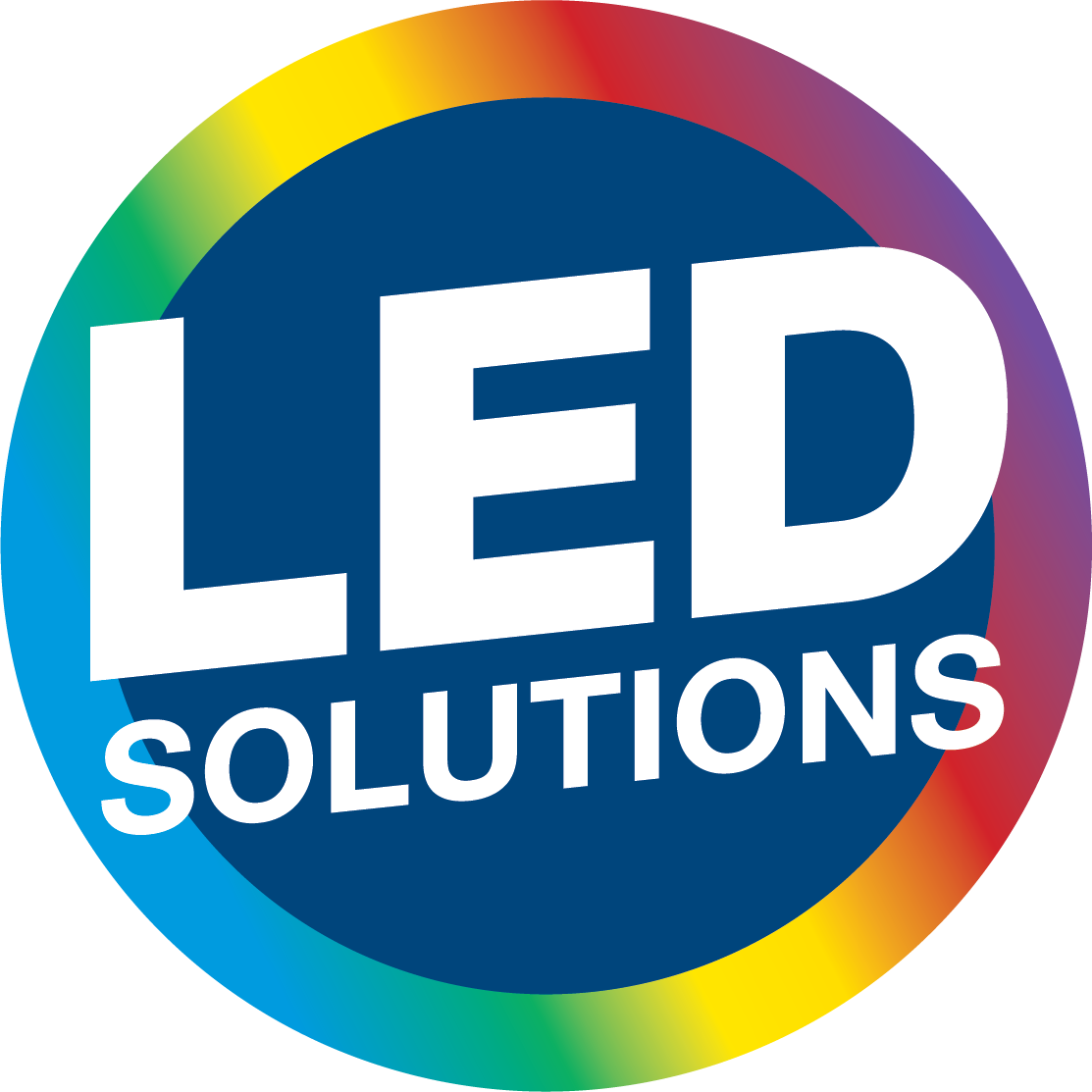Not really. “Horizon” light is described as having a color temperature of approximately 2300K. It was originally considered to simulate daylight just before sunrise and just before sunset. However, this generally accounts for only ten minutes of sunlight each day. It was chosen mostly because it is extremely red in color, one of the extremes of color for color matching applications. It has been replaced by the standardized source, Illuminant A, which is a Red/Yellow source. “Horizon Light” has never been specifically standardized as an illuminant, like Illuminant A, D50, D65, or D75.
No. Scientists have divided Ultraviolet energy into three very distinct regions; UV A, UV B, and UV C. UV A (also known as “Near UV” because of its close proximity to the Visible spectrum) are the wavelengths from 315 to 400 nm. The skin is sensitive to wavelengths below 320 nm. GTI ColorMatcher® and Graphiclite® lamps emit very little energy below 325 nm. UV B and UV C energy are used in medical and biocidal applications.
NO! Like all products, lamps are manufactured to meet certain needs. For most commercially available D50 and D65 lamps, the manufacturers are trying to produce long production runs and low manufacturing costs to gain the highest profits. Many do not render colors as well as lamps produced specifically for color matching applications. Additionally, they may not emit enough Ultraviolet energy to accurately simulate natural daylight. Make certain lamps have a high CRI value (92 or better) and a CIE Publication 51 Rating of at least B/C.
However, having a high CRI or Publication 51 rating may not be enough. Light booth manufacturers have their lamps formulated specifically to be part of a viewing system. This includes the reflector, the lamps, the diffuser, etc. Slight changes in the formulation can create a slight color cast that will influence color assessment. When lamps from another vendor, even another viewing booth manufacturer, are used in place of the original equipment lamps, the color matching booth may no longer meet the ASTM and CIE Publication 51 ratings specified by the manufacturer. Always use the lamps specifically recommended for the viewing booth you have.
It depends on your application. D50 is used in the graphic arts and photographic industries for color assessment of imaging media. D65 is used for color matching applications in the inks, paints, plastics, and textiles/apparel industries. D75 is the old daylight source for these applications but is still used for some specialty applications (color vision testing for example). Most applications are now either D50 or D65. GTI Graphic Technology, Inc. offers lamps in each of these color temperatures, in an assortment of sizes.
The “D” indicates it is a daylight simulator. The numerical value indicates the color temperature of the lamp (5000K for D50, 6500K for D65, and 7500K for D75).
